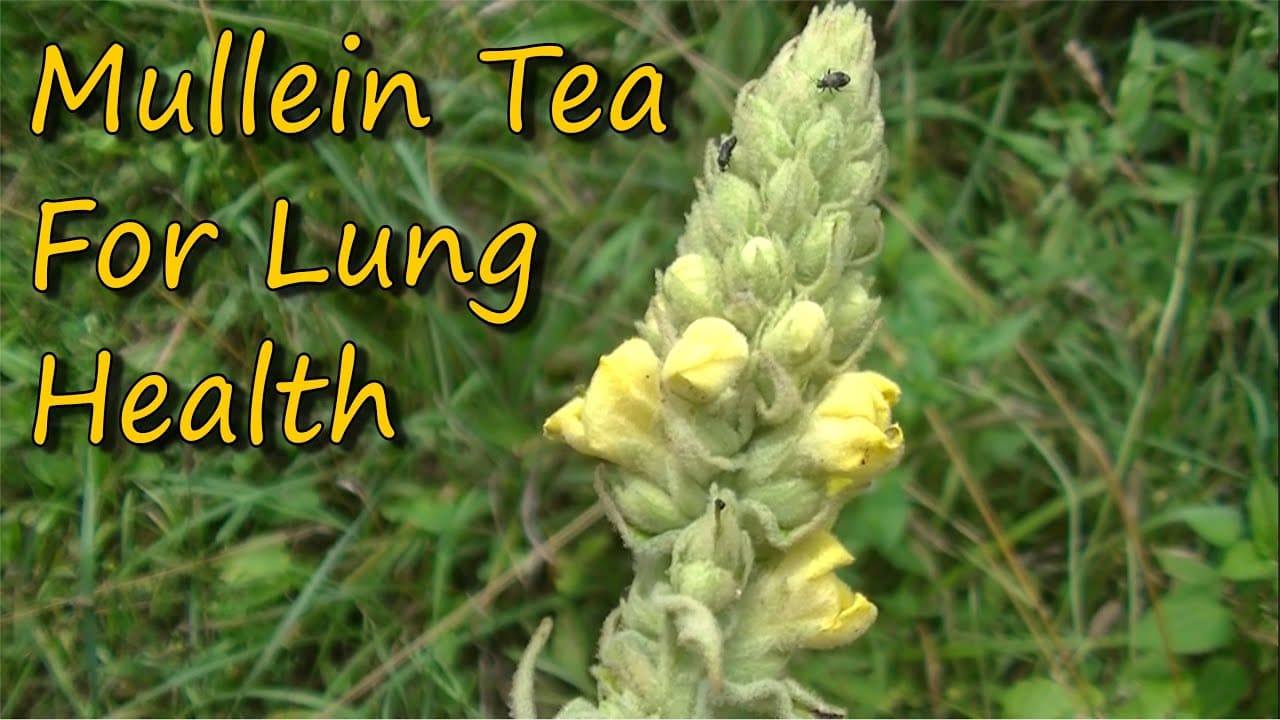Introduction
Mullein (Verbascum thapsus) is a versatile and beneficial plant that has been used for centuries in traditional medicine. Known for its tall, woolly stalks and vibrant yellow flowers, mullein is not only attractive in a garden but also offers numerous health benefits. This guide will walk you through everything you need to know about planting and using mullein seeds, from preparing your garden to harvesting and utilizing this remarkable plant.
Understanding Mullein
Before diving into the planting process, it’s essential to understand a bit about mullein itself. Mullein is a biennial plant, meaning it takes two years to complete its life cycle. In the first year, it produces a rosette of large, soft leaves. In the second year, it sends up a tall flowering stalk that can reach up to 6 feet in height. Mullein is hardy and can grow in a variety of conditions, making it an excellent choice for both novice and experienced gardeners.
Step-by-Step Planting Guide
1. Choosing the Right Location
Mullein thrives in full sunlight and well-drained soil. It is adaptable to poor soil conditions but prefers a neutral to slightly alkaline pH. Select a location in your garden that receives at least 6-8 hours of direct sunlight each day. Mullein can grow in rocky or sandy soils, making it ideal for areas where other plants might struggle.
2. Preparing the Soil
While mullein is not particularly fussy about soil quality, preparing the soil can enhance growth. Loosen the soil to a depth of about 12 inches and remove any weeds or debris. Adding a bit of compost or well-rotted manure can provide extra nutrients, but it’s not strictly necessary. Mullein prefers dry conditions, so avoid areas with heavy clay soil that retains water.
3. Planting the Seeds
Mullein seeds are tiny and should be handled with care. Plant them in the spring or fall, depending on your climate. Scatter the seeds on the surface of the soil and lightly press them down, ensuring they make good contact with the soil but are not buried. Mullein seeds need light to germinate, so do not cover them with soil. Water the area gently to keep the seeds in place.
4. Watering and Care
Mullein is drought-tolerant once established and does not require much water. During the germination and early growth stages, keep the soil slightly moist but not waterlogged. Once the plants are established, they can tolerate dry conditions. Mullein does not need regular fertilization, but a light application of compost in the spring can support robust growth.
5. Thinning and Transplanting
Once the seedlings have grown large enough to handle, thin them out to prevent overcrowding. Space the plants about 2-3 feet apart to allow them to develop fully. If you need to transplant the seedlings, do so when they are small to minimize root disturbance. Mullein has a long taproot, so be careful when digging it up.
6. Controlling Pests and Diseases
Mullein is generally resistant to pests and diseases. However, it can occasionally be affected by powdery mildew or root rot if grown in overly wet conditions. Ensure proper spacing and avoid overwatering to keep your plants healthy. If you notice any signs of disease, remove the affected leaves and improve air circulation around the plants.
Harvesting Mullein
1. When to Harvest
Mullein leaves can be harvested at any time, but the best quality leaves are those harvested in the first year of growth. In the second year, the leaves can become tougher and less desirable. Flowers should be harvested just as they open to capture their full medicinal properties.
2. How to Harvest
To harvest the leaves, use a sharp pair of scissors or pruning shears to cut them from the base of the plant. For flowers, gently pluck them from the flowering stalk. Handle the plant material carefully to avoid bruising, which can reduce its quality.
3. Drying and Storing
Drying mullein is simple and helps preserve its medicinal qualities. Spread the leaves and flowers in a single layer on a clean, dry surface away from direct sunlight. Turn them occasionally to ensure even drying. Once completely dry, store the plant material in airtight containers in a cool, dark place.
Using Mullein
1. Medicinal Uses
Mullein has been traditionally used to treat respiratory issues, such as coughs, colds, and bronchitis. The leaves can be made into a soothing tea or tincture. The flowers are often used to make mullein oil, which is beneficial for ear infections and skin conditions. To make mullein tea, steep dried leaves in hot water for about 10 minutes. For mullein oil, infuse the flowers in olive oil and let it sit for a few weeks before straining and using.
2. Other Uses
Beyond its medicinal uses, mullein can also be used in the garden as a natural insect repellent. The leaves can be dried and burned to deter insects, and the plant itself can attract beneficial insects to your garden. Additionally, mullein’s tall stalks and attractive flowers make it a beautiful addition to any garden landscape.
Conclusion
Mullein is a resilient and versatile plant that offers a range of benefits for both health and gardening. By following this step-by-step planting and usage guide, you can successfully grow mullein in your garden and take advantage of its numerous uses. Whether you’re interested in its medicinal properties or simply want to add a striking plant to your garden, mullein is a wonderful choice. Happy gardening!

